- Rug exhibition
- Anna Sneddon rug
- Lucy Munro rug
- Lucy Munro rug
- Jess Skinner rug
- Sufiyan Khatri
- Sufiyan Khatri
- Natural cotton dhurri rugs before dyeing
- Rug exhibition
- Emma McGifford
- Blocks for Emma McGifford
- Anna Sneddon left, Jess Skinner right
The Cultural Textiles Rug Project began in January 2015 after a very successful block printing workshop with Sufiyan Khatri, in Ajarkhur, Kutch, Gujarat that was part of the Cultural Textiles: Field Course that I conducted. This course takes students across Gujarat to study the cultural, social and environmental elements of textiles in India. It focuses on artisan-produced textiles, allowing students to develop an understanding of the multiple issues impacting on production.
In Ajarakhpur, students visited the well-established Ajarakh workshop of Dr Ismail Mohammad Khatri, where they learnt and practiced mordant resist block printing with natural dyes. Following the workshop, Sufiyan Khatri proposed a collaborative project where students could design a range of rug designs to be blocked printed in natural dyes.
This year the partnership continued and 19 students each submitted a range of designs suitable for rugs, all were inspired by their experience in Gujarat. Two of the people involved in the 2015 Cultural Textiles program formed a small selection committee with me. Fifteen designs from nine students were selected to send to Sufiyan for selection; he choose 9 designs for production.
The first step in the production process is to determine how each design is to be printed, and how many blocks are required for each design (most required two). The blocks are carved in wood by specialist wood block makers. Pethapur, north of Ahmedabad, is the leading centre for block carving in Gujarat.
Once the blocks are carved, the rugs are block printed with natural dyes onto cotton dhurrie rugs handwoven in Andrea Pradesh from Indian cotton (size 124cm x 187cm). The dyes are indigo for blue, Indian madder for red, iron for black and temix flowers for yellow. For some of the CT2016 range of rugs, Sufiyan printed the same design on both sides of a rug in different colours (e.g., Anna Sneddon’s Indigo Floral design); for others he printed a different design on each side (e.g., designs by Jess Skinner and Ivana Taylor). This added to the versatility of each rug.
In some designs, namely Lucy Munro’s, he printed the blocks in a different way on each side. In Lucy’s rug, the side with Indian madder in the centre field, is essentially as she designed it while on the reverse, Sufiyan has used his expert skill and knowledge of the process to arrange the blocks to create a different design.
All nine rugs were exhibited at UNSW Art & Design in the ADspace foyer gallery on the Paddington, NSW campus from 4 to 7 October 2016. As in 2015, the rugs attracted a lot of comment, admiration and interest, plus many orders, for the outstanding designs translated with amazing expertise and skill by Dr Ismail Mohammad Khatri and Sufiyan Khatri. Their generosity to the Cultural Textiles group has been remarkable with all students learning so much from their teaching, workshop and seeing their design translated into actual objects.
The project has been funded by UNSW and Sufiyan; in the future the designs will be integrated into the Khatri business. The majority of their workshop production is fabric in the forms of scarves, yardage, dupatta’s; all are made in Ajarakh (mordant resist printing) and block printing, often combined in interesting ways with Bandani and other tie dye techniques; all in natural dyes. The workshop is well established and recently the premises have been expanded. Clients include leading outlets in India with approximately 30% of their market being the local community for traditional Ajarakh designs and articles. Printed rugs is a new addition to the workshops production and there is great potential. Sufiyan is currently printing all the nine rugs for exhibition at ARTISAN gallery in Mumbai for exhibition in mid January 2017.
Notes on two of the rugs:
Jessica Skinner: Mizan
This series has been inspired by the juxtaposition of organic and geometric shapes within the cityscape of Ahmedabad. The unique quality of the native plants softens the harshness of the city’s angular structures and evokes simplicity. The ancient Arabic term Mizan, meaning balance has been applied to illustrate the elaborate geometric designs and masterful repeats of Islamic art. These designs are a contemporary representation of classic floral motifs that have been reinvented to harmoniously balance the symmetrical and geometric characteristics of traditional design.
Ivana Taylor: Ahmedabad Sky
Ahmedabad Sky is a range of rug designs that draws attention to the sky life of India. From the chaotic entwined bundles of electrical wires to the pastel kites that soar above or hang dangling in the trees, the sky is a beautiful contrast to the rubble and cracks of the dusty ground.
This celebration of India’s sky-life is inspired by the Mumbai Look Up! installation of media artists Sarah Kenderdine, Berndt Lintermann and Jeffrey Shaw, in collaboration with the Hong Kong photographer John Choy. Immersing the viewer in a 3D Dome Lab (the highest resolution touring full dome in the world) with projected fish eye photos of Mumbai’s barely noticed ceilings, the artwork prompts the viewer to look up and admire the intricate beauty above their heads. This installation drew me to look up. It was impossible to miss the flashes of colour remaining from the International Kite Festival (Uttarayan) of Gujarat, which marks the transition from winter to the harvest season of summer, inspired the repetition of the diamond symbol. I saw so many skillfully hand-crafted kites reminding Ahmedabad of its children and the recent celebration. Based on research into the skill required to make and fly a kite described in Skye Morrison’s Strings of a Timeless Tradition, the range also seeks to emphasis the integrity and expertise demonstrated in all Indian crafts.
To capture the ways remnants of the festival lingered in the sky and dangled from trees, the rug designs feature largely geometric motifs that are softened by organic directional lines. Repeating the kite motif in an expanding pattern, references the masses of kites that dance in the sky during the festival. Looking closer, the diamond kite has been deconstructed into four triangles with bending edges. In doing so I wanted to reveal that these kites are more that inanimate objects: with their vibrant pastel colours, quiet fluttering, and graceful leaps through the air, these kites evoke vitality and freedom.
Author
 Liz Williamson is an academic and weaver based in Sydney, Australia. Her practice includes designing for industry; exhibition artwork; production weaving of wraps and scarves in her Sydney studio; teaching weaving workshops nationally and internationally; and more recently engaging with artisan groups in Asian as an advisor and for production of her Woven in Asia range of wraps and scarves. Williamson has been involved in education for over 20 years and is currently an Associate Professor and convener for textiles at UNSW Art & Design, University of New South Wales, Sydney. A highlight of her academic year is teaching a ‘Cultural textiles’ course, introducing emerging designers to ways of working with artisan groups in Gujarat, India.
Liz Williamson is an academic and weaver based in Sydney, Australia. Her practice includes designing for industry; exhibition artwork; production weaving of wraps and scarves in her Sydney studio; teaching weaving workshops nationally and internationally; and more recently engaging with artisan groups in Asian as an advisor and for production of her Woven in Asia range of wraps and scarves. Williamson has been involved in education for over 20 years and is currently an Associate Professor and convener for textiles at UNSW Art & Design, University of New South Wales, Sydney. A highlight of her academic year is teaching a ‘Cultural textiles’ course, introducing emerging designers to ways of working with artisan groups in Gujarat, India.
Cultural Textiles: Field Course is conducted by Associate Professor Liz Williamson for the University of New South Wales, Sydney, Art & Design faculty as a short-term mobility (overseas) course to study textiles in Gujarat, India. The three week program focuses on artisan produced textiles allowing students to develop an understanding of the cultural, social and environmental issues impacting on production. It gives insights and contacts for future engagement via major projects, research studies or to engage locally in design projects.
The program allows students to benefit from lectures by regional experts; research textiles in museums; see demonstrations of textiles being made; participate in workshops conducted in artisan or community centres; met designers and artisans; and learn about the issues impacting on this field of contemporary design. The Cultural Textiles course focuses the how, where, what and the nature of production by artisan, family, village and community groups. Of particular interest is how textile traditions are maintained by these groups, how organisations work to maintain these traditions and how textiles traditions impact on contemporary designs.




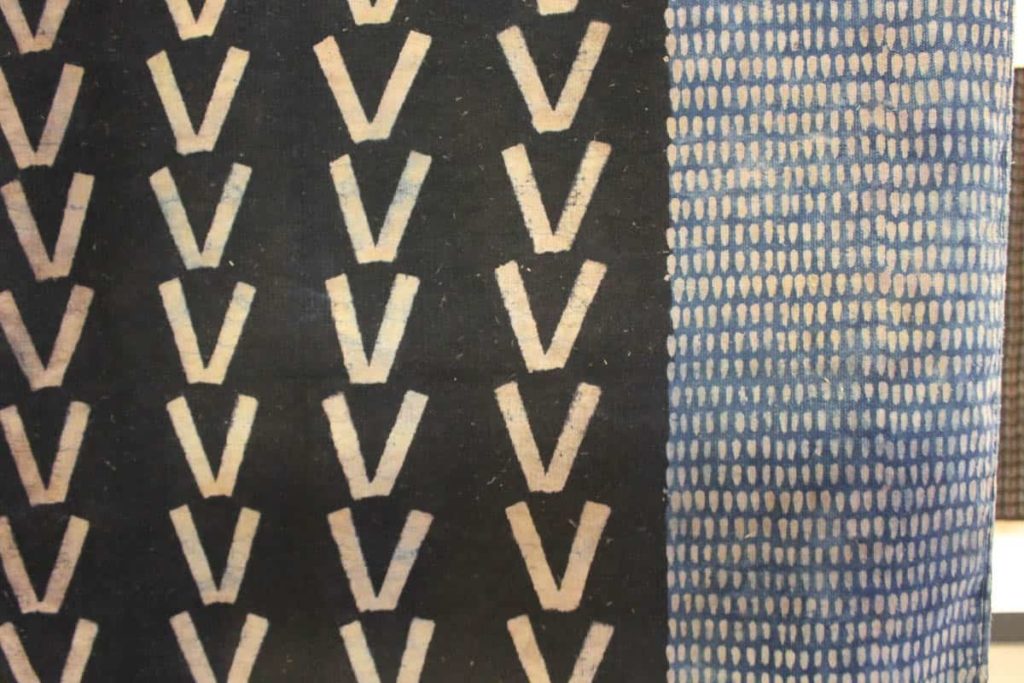
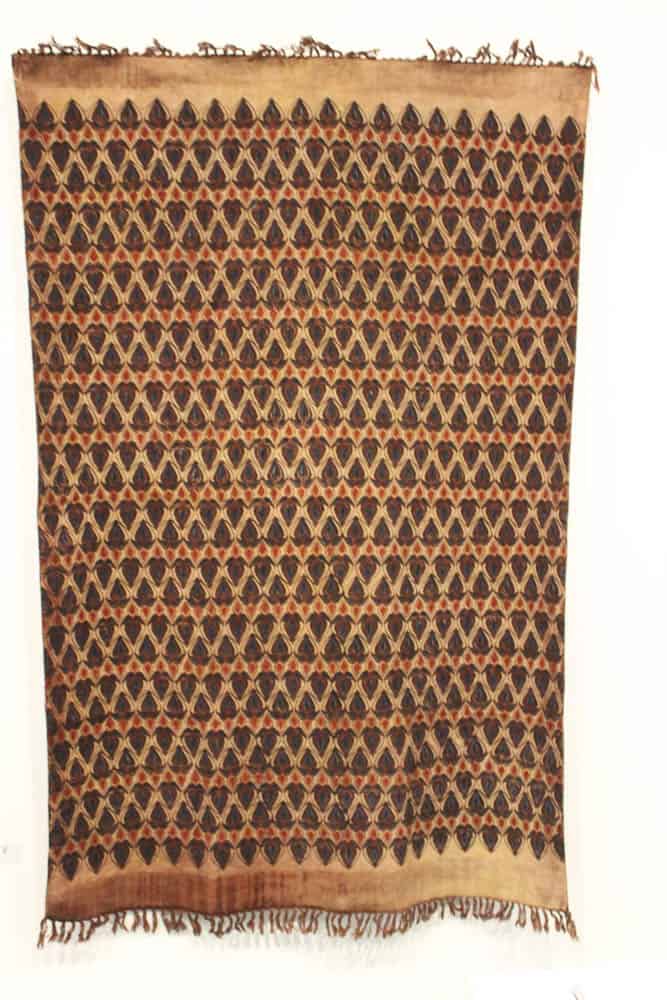
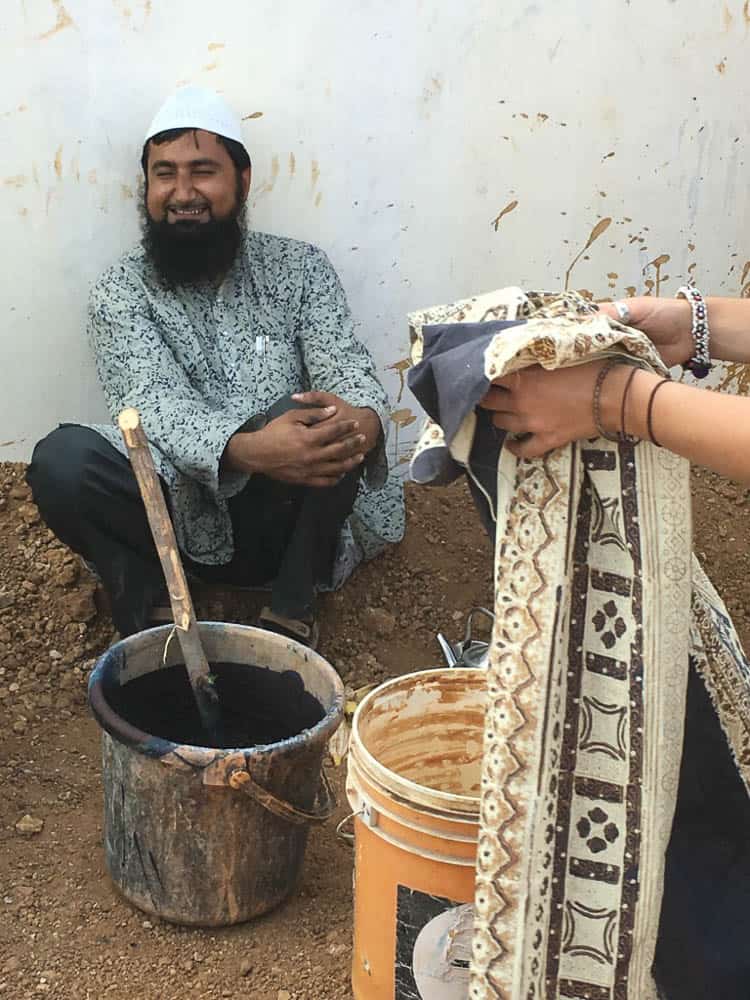

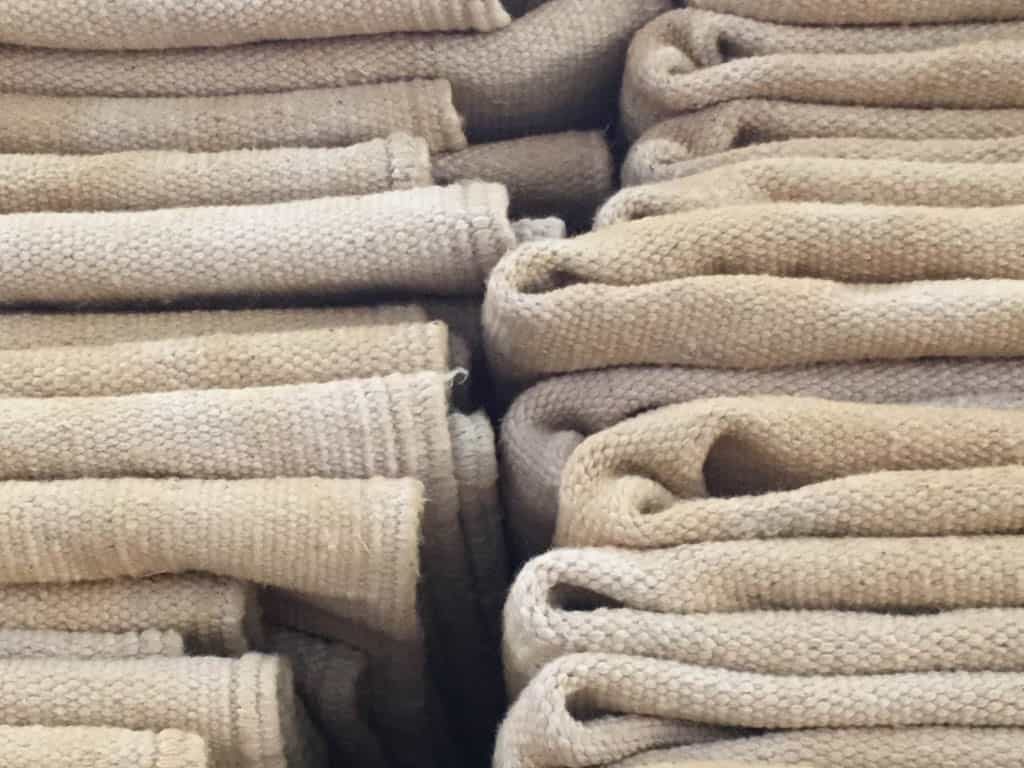
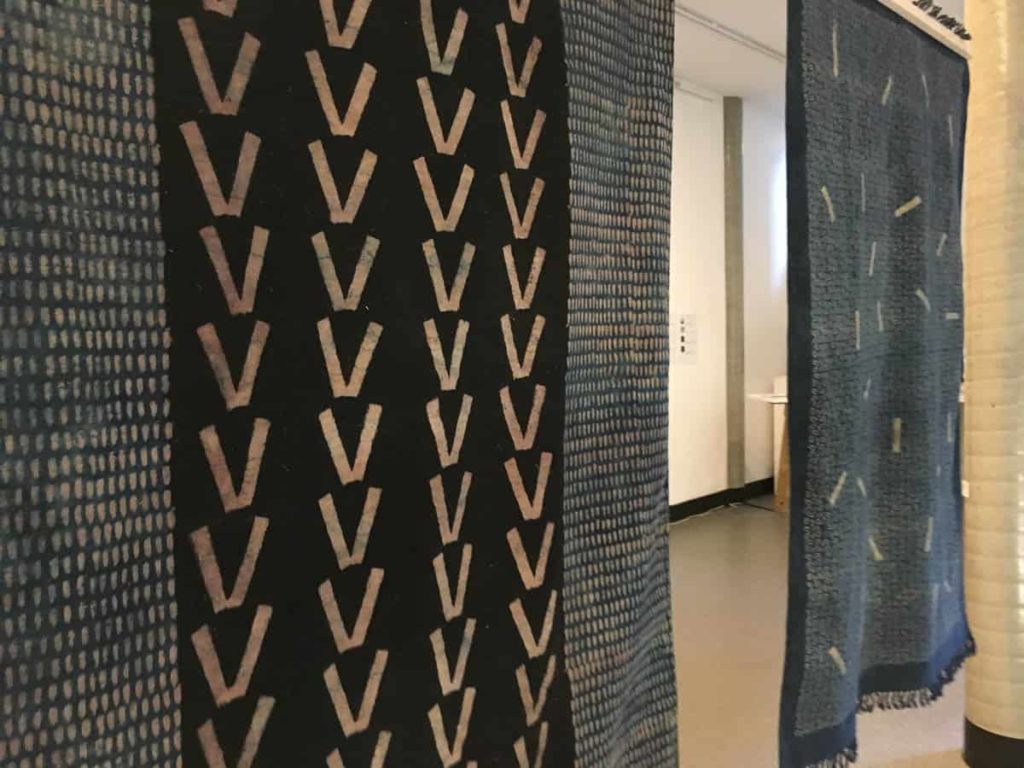
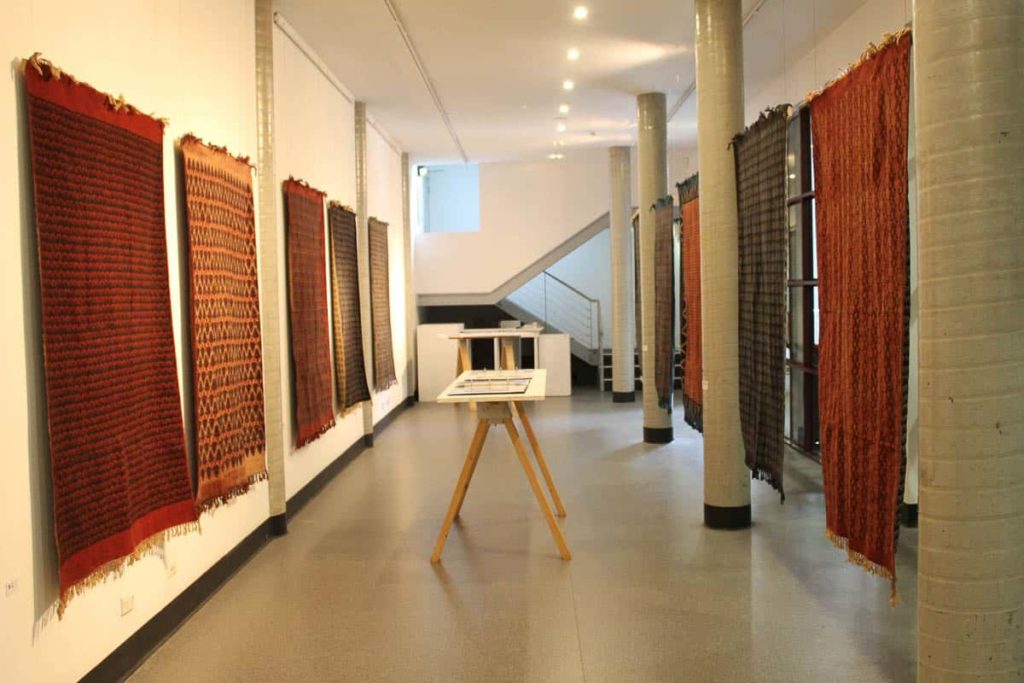

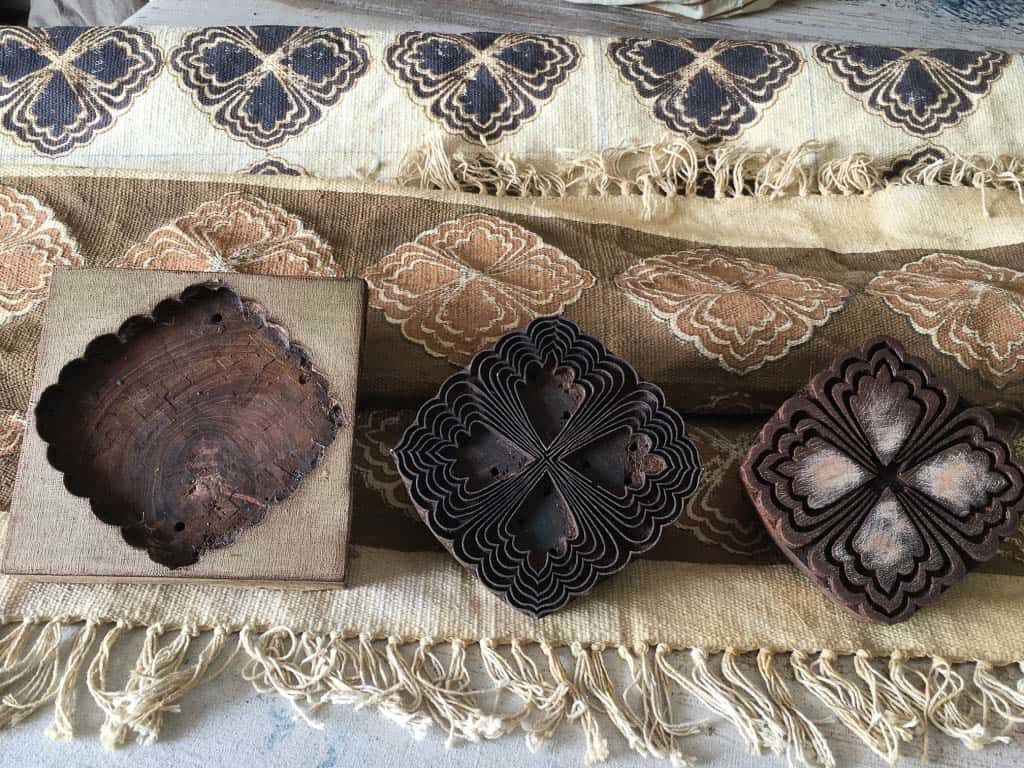
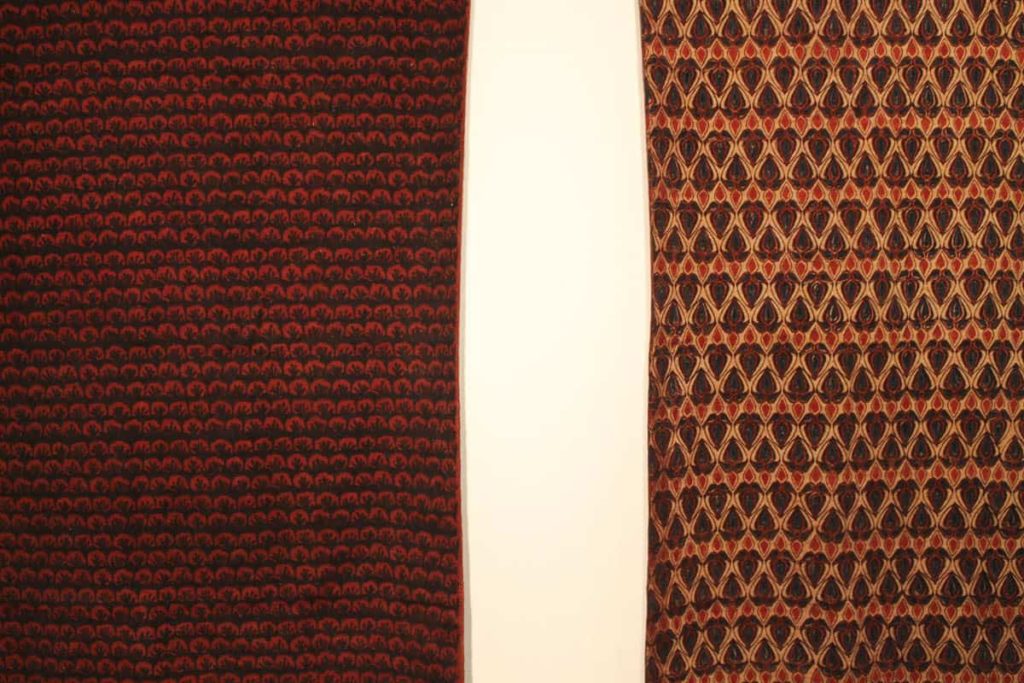
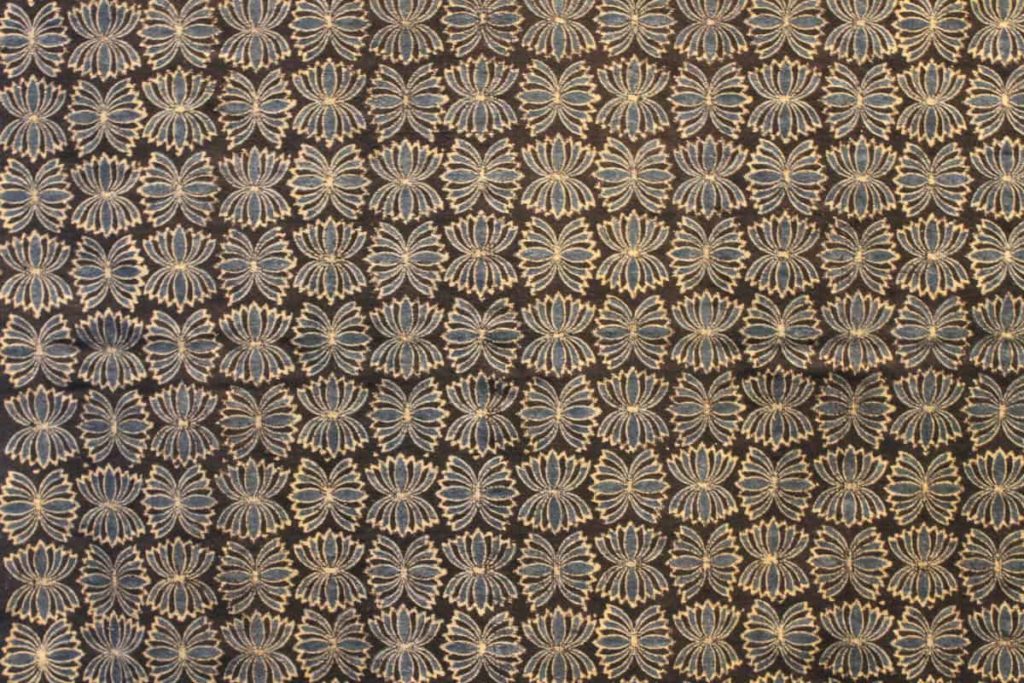
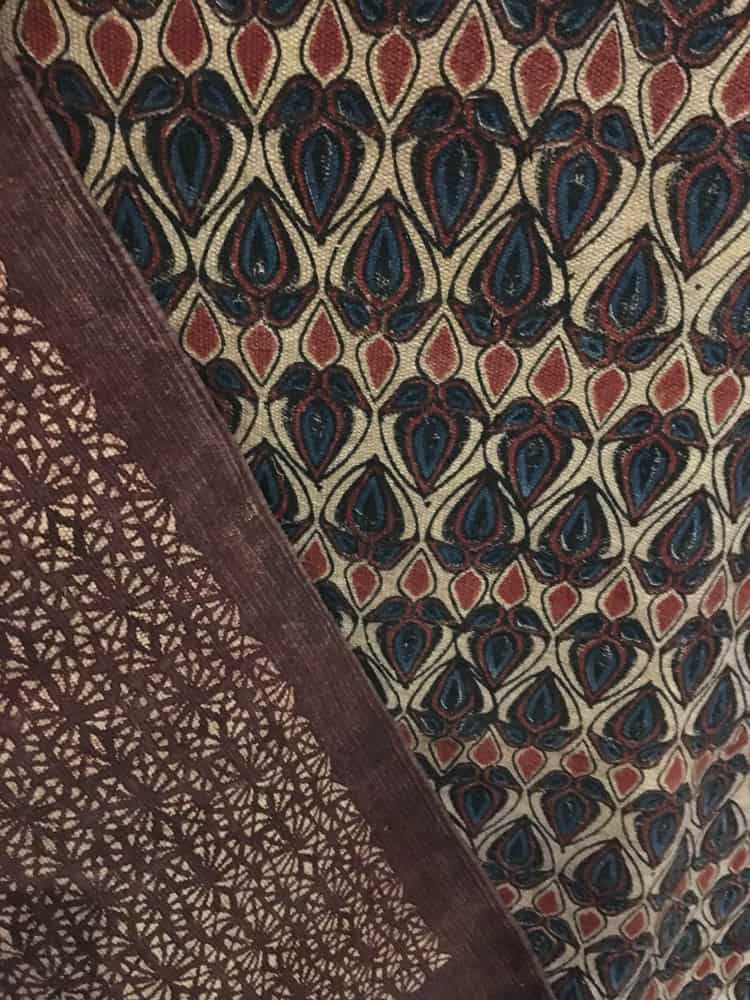

Comments
Yes ! Not only the students but more importantly for some traditional artisans also, who are unaware of the contemporary ways and methods, to enhance and give their products a wider, global appeal for a sustainable future.